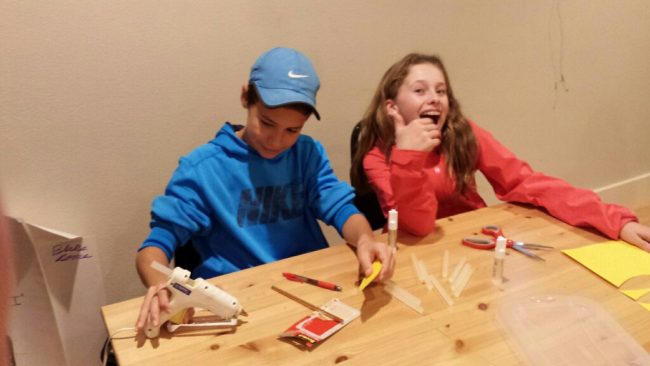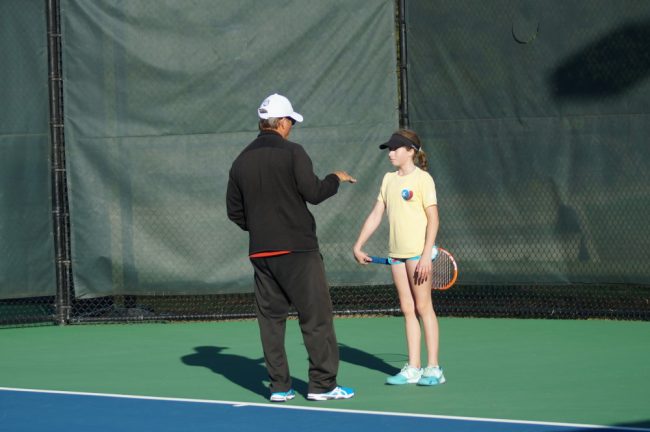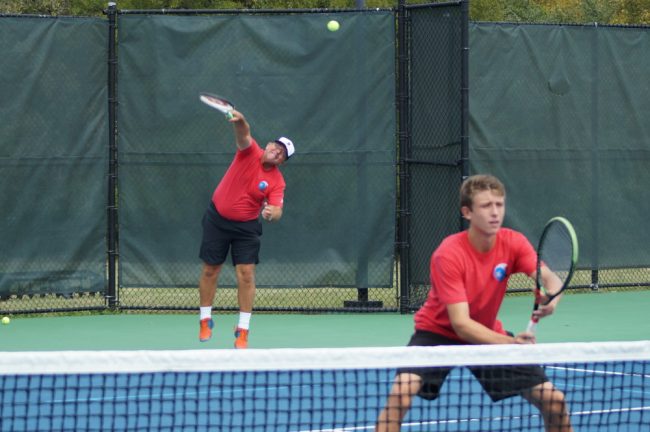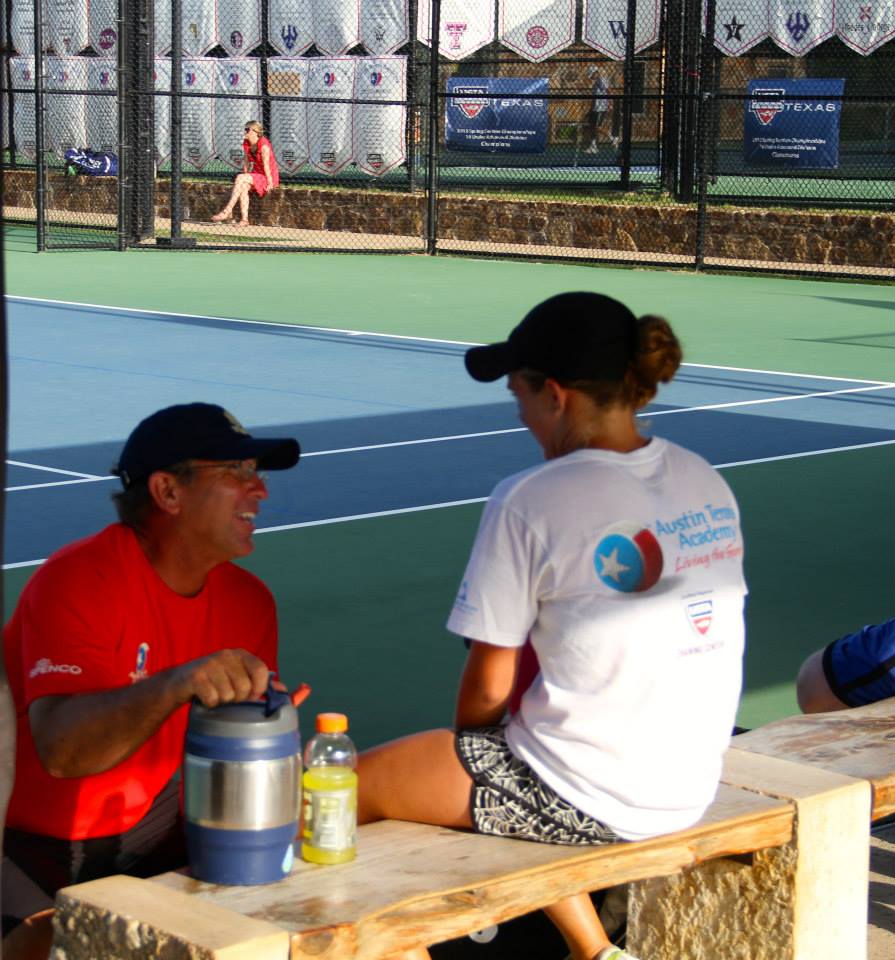Designed Learning Experiences – The Math Mindset
It’s not that I’m so smart, it’s just that I stay with problems longer. ~Einstein
Neuro-targeted teaching methodologies are implemented by ATACP instructors throughout the curriculum to build stamina and perseverance in our student-athletes. Primary goals are encouraging students to think critically and creatively, to develop and explore new topics of interest, to be willing to take risks, and to build confidence through failing and trying again. Much like Thomas Edison’s and Albert Einstein’s approaches to inventing, a failed attempt is simply another opportunity to gain new knowledge and master a better understanding for the next attempt.
In the following article, math instructor, Linda Dobbs, explains ATACP’s growth mindset approach to problem-solving.
_______________________________________________________
First day of classes at ATACP. Algebra and PreAlgebra students enter the room. Pumped up to be learning new math skills? Unfortunately, not. The disclaimers begin. “I can’t do math.” “Math is hard.” “When will I use this stuff, anyway?” What to do?
Teach a new mindset. One component of this year’s Algebra and PreAlgebra classes is a weekly problem-solving session inspired by Jo Boaler’s Mathematical Mindsets (Jossey-Bass, 2016). The book explores the commonly uneasy relationship that many people, child and adult, have with mathematics and proposes ways of altering attitudes toward math. In particular, six questions from the book have helped shape the ATACP problem-solving sessions.
- Can you open the task to encourage multiple methods, pathways, and representations? Instead of teaching a single method of solution for each problem, we present problems that encourage multiple approaches.
- Can you make it an inquiry task? Instead of asking the student to reproduce a particular technique for figuring out a type of problem, we present a problem that encourages new ideas from the students.
- Can you ask the problem before the method? Rather than present problems paired with solutions, we present a problem that allows students to arrive at the method through exploration.
- Can you add a visual component? Instead of simply writing equations, we incorporate drawings, color, and movement as a problem-solving tool.
- Can you make it low floor and high ceiling? Instead of one problem fits all, we create problems that have easy entry (low floor success) but can provide increasing challenges (high ceiling success).
- Can you add the requirement to convince and reason? Instead of demonstrating the ability for rote memorization and formulaic solution, we ask the student to show WHY the math works.
Throughout this semester, each week problems are placed in front of the students that incorporate these goals. The Create a Jack-o-Lantern exercise met many of these goals. Students were given a set number of eyes, noses, and mouths and asked to explore how many unique jack-o-lanterns they could create. Parameters were changed, and the students were asked to figure out how the changes impacted their jack-o-lantern total. The students were exploring permutations and combinations, but without knowing that was a mathematical concept with established solution methods. (Q3) They approached the solution in a variety of ways (Q1) Some of them drew choice trees, some of them drew jack-o-lantern faces, some of them zigzagged lines through the elements on their worksheet.(Q4) The task began with small numbers and relatively simple combinations, but continued with more features and qualifications.(Q5)
Another challenge involved exploring Voronoi diagrams, a way of partitioning a plane into subsets. The students were given a grid and 2 points (pizza parlors) and asked to partition the grid so that each location in the partition was closer to that partition’s pizza parlor than any other pizza parlor. They were then asked to place the points to create equal partitions. Then they moved on the 3 points. The students were given no system for a solution and they worked together in teams. They had to convince each other that their solutions were accurate. Since they did not expect to receive a solution method, they created their own amazing solutions.
Students still can find math hard or irrelevant. However, over the semester, their mindsets have begun to change. They have become increasingly comfortable attacking problems. They spend less time trying to figure out the “right way” to solve a problem and more time finding their own solution. They are even, at times, enjoying math.
This is an excellent example of inspiring students to utilize computational, critical, and creative thinking strategies – all proven through recent research to increase logic, confidence, and resiliency. ATACP is neuro teaching for the future.










